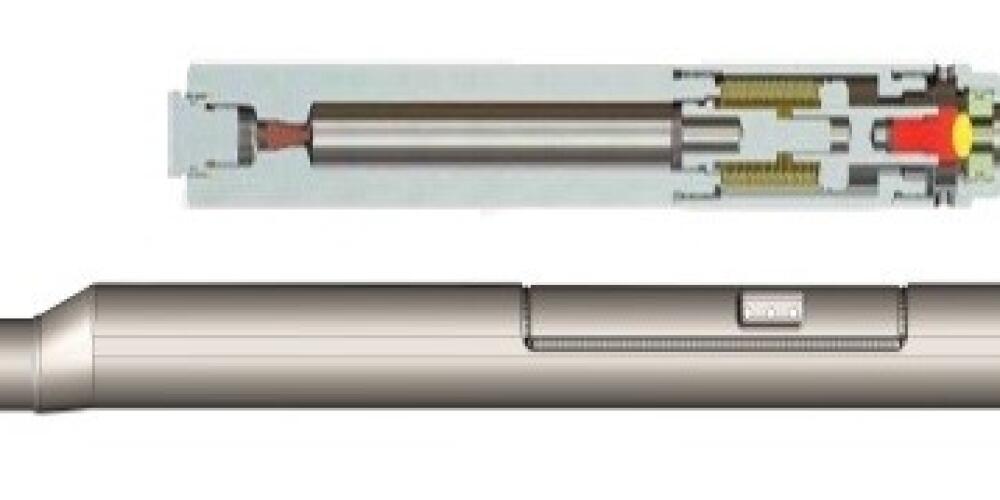
Maximizing well performance is a perpetual quest in the ever-evolving landscape of oil and gas production. Two stalwarts stand out among the technologies and methodologies: Gas Lift Mandrels and sand screens. These critical components are pivotal in optimizing production rates and ensuring operational efficiency in case of hole completions. Let's delve into their significance and the art of harnessing their potential.
The Essence of Artificial Lift Systems
Artificial lift systems are the lifeblood of many oil and gas wells, especially those facing declining natural pressure. Gas lift is a versatile and effective method among the many available techniques. By injecting gas into the wellbore, it reduces the hydrostatic pressure, facilitating fluid flow to the surface. Integrated into the tubing string, Gas Lift Mandrels serve as the conduits for this gas injection, regulating the flow and optimizing production.
Gas Lift Mandrels: Engineering Precision
Gas Lift Mandrels are not merely components; they are precision-engineered marvels. Crafted from durable materials resistant to the harsh downhole environment, they ensure reliable performance over extended periods. Their design accommodates varying well conditions, allowing gas injection rates and depths to be flexible. This adaptability is crucial in optimizing production across diverse reservoir scenarios.
Sand Screens: Guarding Against Intruders
Sand production poses a perennial challenge in many good operations, threatening equipment integrity and hindering production rates. Sand screens act as the first line of defense, preventing sand particles from infiltrating the production stream. Operators mitigate the risk of sand-induced damage by strategically placing these screens along the completion assembly while maintaining uninterrupted flow.
Ensuring Synergy: The Marriage of Mandrels and Screens
Their true power lies in the synergy between gas lift mandrels and sand screens. Integrating these components within a well's architecture demands meticulous planning and execution. Downhole packers create isolation zones, segregating the reservoir from surrounding formations and optimizing fluid flow dynamics. Operators ensure efficient gas injection while safeguarding against sand intrusion by strategically placing Gas Lift Mandrels above Sand Screens.
Maximizing Efficiency: Operational Best Practices
Achieving optimal performance requires more than just installing components; it demands adherence to operational best practices. Regular monitoring of downhole conditions allows for early detection of anomalies, enabling proactive interventions to maintain productivity. Routine maintenance ensures the integrity of Gas Lift Mandrels and Sand Screens, prolonging their lifespan and safeguarding against unforeseen failures.
Looking Ahead: Innovation and Evolution
As technology advances and industry demands evolve, the quest for improved performance continues unabated. Innovations in materials science, automation, and data analytics promise to further enhance the efficacy of artificial lift systems. The future holds boundless possibilities for optimizing production efficiency, from smart sensors that provide real-time insights to predictive analytics that anticipate maintenance needs.
In conclusion, Gas Lift Mandrels and sand screens are stalwarts in maximizing well performance. Their significance in case hole completions cannot be overstated, as they serve as guardians of productivity and efficiency. By embracing the synergy between these components and adhering to operational best practices, operators unlock the full potential of their assets, ensuring sustained success in the dynamic landscape of oil and gas production.
Tags
Featured articles